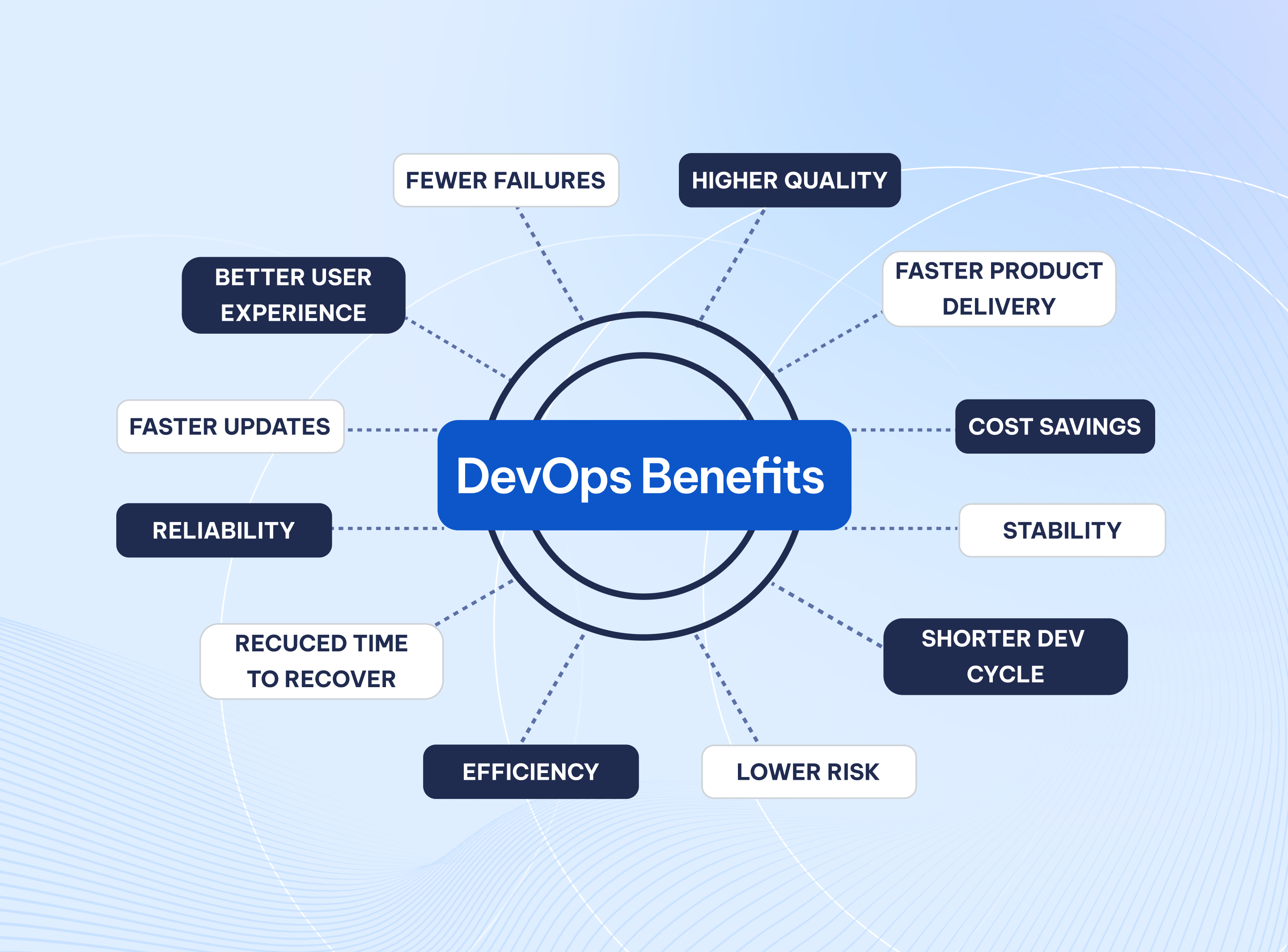DevOps Metrics
Published on Apr 1, 2022
Discover the what, why, and how of a successful DevOps pipeline.
What are DevOps metrics?
Firstly, DevOps metrics help to measure the performance of a software development pipeline and then help quickly identify and remove any bottlenecks in the process. A great DevOps process will enhance the collaboration between developers and system administrators.
Though there are various indicators used to measure DevOps success, the four critical metrics that every DevOps team should monitor are as follows.
The Four Critical DevOps Metrics
Lead Time
High-performing teams typically measure lead times in hours, versus medium and low-performing teams who measure lead times in days, weeks, or even months.
Test automation, trunk-based development, and working in small batches are key elements to improve lead time. These practices enable developers to receive fast feedback on the quality of the code they commit so they can identify and remediate any defects. Long lead times are almost guaranteed if developers work on large changes that exist on separate branches, and rely on manual testing for quality control.
Change Failure Rate
High-performing teams always ensure the failure rates remain in the 0-15 percent.
The same practices that enable shorter lead times — test automation, trunk-based development, and working in small batches — correlate with a reduction in change failure rates. All these practices make defects much easier to identify and remediate.
Tracking and reporting on change failure rates are not only important for identifying and fixing bugs but to ensure that new code releases meet security requirements.
Deployment Frequency
A high-performing DevOps pipeline can deploy changes on demand, unlimited times a day. Low-performing teams are often limited to deploying weekly or monthly.
The ability to deploy on-demand not only requires a DevOps process to be quick but also combines the automated testing and QA feedback mechanisms to be precise, all the while minimizing the need for human interaction.
Mean Time To Recovery
High-performing teams recover from system failures quickly — usually in less than an hour — whereas lower-performing teams may take up to a day or a week to recover from a failure. The ability to recover quickly from a failure depends on the ability to quickly identify when a failure occurs, and deploy a fix or roll back any changes that led to the failure.
This is usually done by continuous system health monitor, system alert, and pre-built Disaster Recovery Plan. The operations staff must have the necessary processes, tools, and permissions to resolve incidents.
In conclusion
Continuous improvement is a key principle of DevOps teams. The ability to evaluate performance across change lead time, change failure rate, deployment frequency, and MTTR enables teams to enhance pace while decreasing quality.
FABA Technology can help you automate and streamline your workflow to deliver faster, better results. Reach out to us for a free consultation here.









